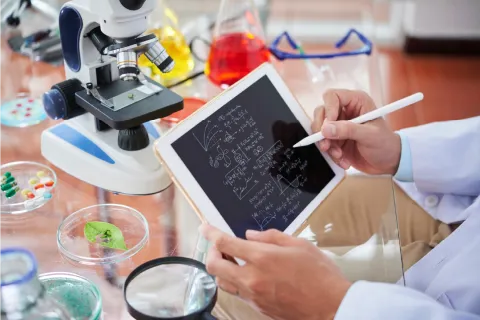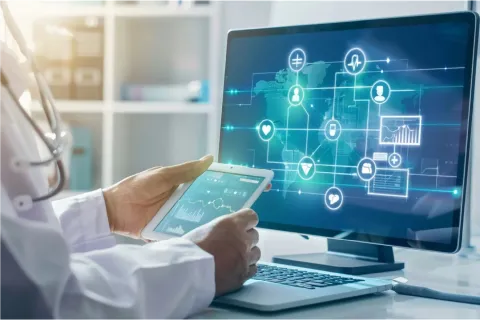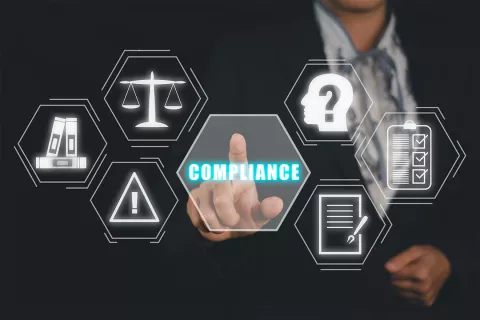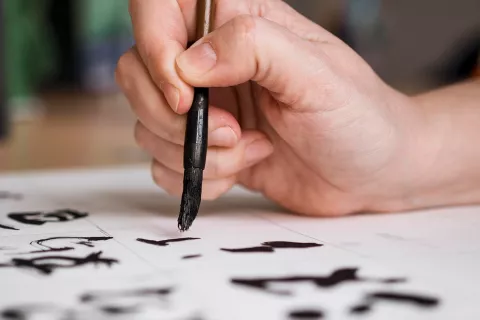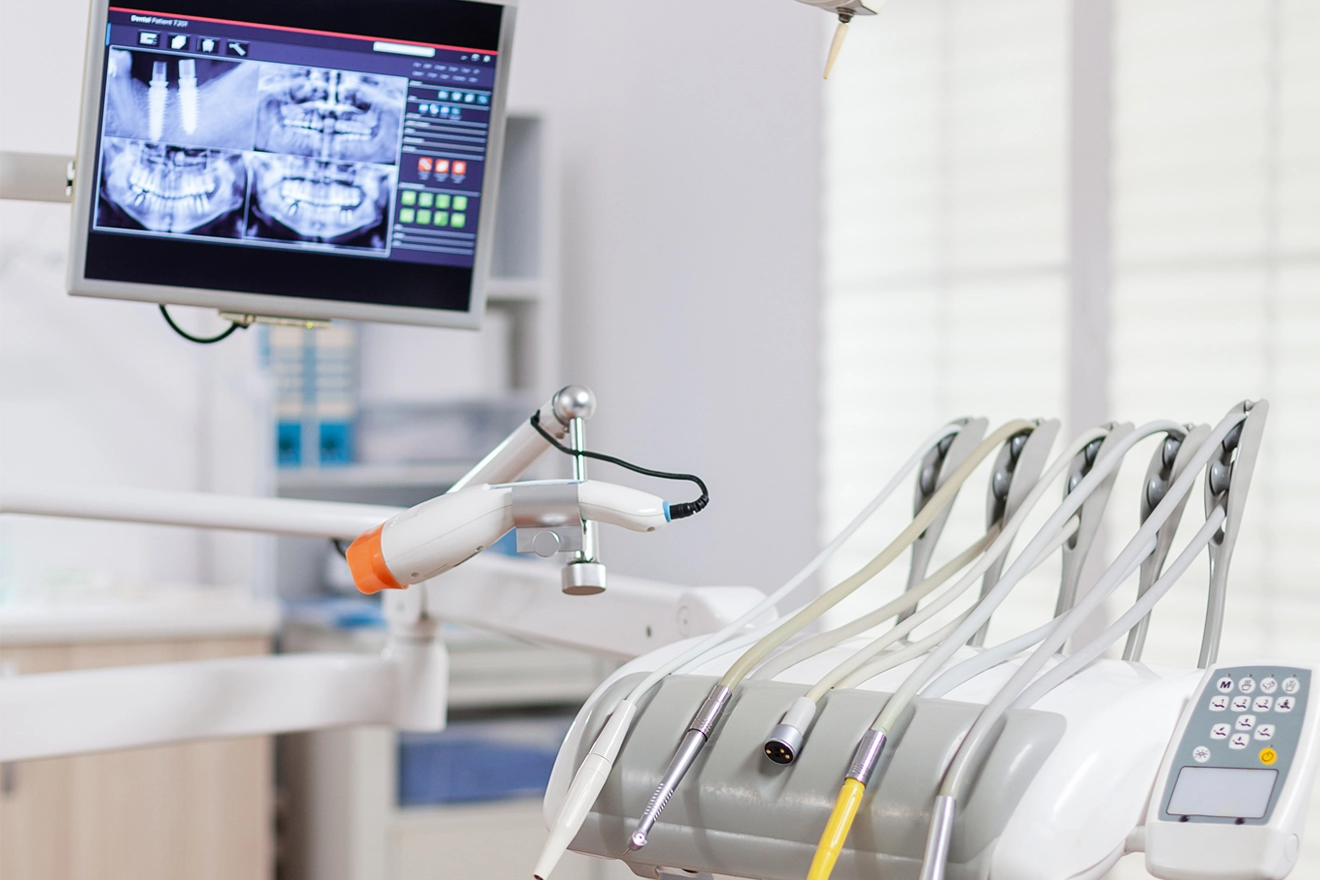
Sri Lanka, being majorly driven by imported medical device products, offers a potential market to medical device manufacturers. The medical devices intended to be marketed in Sri Lanka must be registered with the National Medicines Regulatory Authority (NMRA). The registration of medical devices involves a series of activities, including medical device classification into appropriate risk class, obtaining sample import license, manufacturing license, testing of devices in accredited laboratories, and device registration followed by obtaining a commercial import license.
The classification of the medical device into the right risk class based on its intended purpose is the first and critical step in the whole registration process. The medical devices and IVDs are well differentiated and have separate classification rules in place. The National Medicines Regulatory Authority (NMRA), in August 2019 has released a draft guideline for the classification of a medical device in Sri Lanka. The new classification system is aligned with Medical Device Regulation (EU) 2017/745 (EU MDR) and In-Vitro Diagnostic Regulation 2017/746 (IVDR).
According to the revised classification, medical devices in Sri Lanka are classified as listed, I, IIa, IIb, and III Class in order of increasing associated risk.
- Listed medical devices do not possess any risk; do not fall under any other class.
- Class I devices are low-risk devices; requires the declaration of conformity for safety and effectiveness from the manufacturer.
- Class IIa devices are medium risk devices, require certificate of conformity for safety and effectiveness provided by the Notified Bodies.
- Class IIb and III devices are medium high-risk and high-risk devices respectively; undergo stringent Regulatory screening; require Certificate of conformity for safety and effectiveness issued by the accredited Notified Bodies.
There are 22 rules to determine the risk class of medical devices. The risk class of a device is determined based on its invasiveness and the duration of contact.
Classification of Non - invasive and Surgically Non-Invasive devices
The non-invasive devices pose low to moderate risk and fall into I, IIa, and IIb Classes -
Degree of Invasiveness | Intended Purpose / Use Condition | Device Class |
Non-invasive | Do not touch the patient or contact only intact skin | Class I |
| Channeling or storing for eventual administration | Class I | |
| In contact with injured skin (mechanical barrier – (absorb exudates) | Class I | |
| Channeling or storing blood or other body liquids or for storing organs, and parts of organs or body cells | Class IIa | |
| Channeling or storing for eventual administration connected to an active medical device | Class IIa | |
| In contact with injured skin (mechanical barrier – (absorb exudates) intended to manage microenvironment of the wound | Class IIa | |
| Used only for filtration, centrifugation, exchange of gas or heat | Class IIa | |
| In contact with injured skin (mechanical barrier – (absorb exudates) intended for the wound which breach dermis and heal only secondary intent | Class IIb | |
| Modify biological or chemical composition of blood, body-liquids, and other liquids intended for infusion | Class IIb |
Classification of Surgically Invasive Devices
The risk of surgically invasive devices varies with the duration of contact with the human body. The devices intended to stay in contact for < 60 minutes are termed as transient use; between 60 minutes to 30 days are short term and > 30 days are long term. The risk of the invasive devices increases with the duration of use and falls into all the risk classes - I, IIa, IIb, III Classes.
Duration of Contact | Intended Purpose / Use Condition | Device Class |
Transient use | Reusable surgical instrument | Class I |
| Others | Class IIa | |
| Supply energy/ionizing radiation | Class IIb | |
| Has biological effect- mainly absorbed | Class IIb | |
| System to administer medicines | Class IIb | |
| Diagnosis/control of defect of heart/circulatory system | Class III | |
Short Term | Others | Class IIa |
| Supply energy/ionizing radiation | Class IIb | |
| Undergo chemical change in body/system to administer medicines (not teeth) | Class IIb | |
| Has biological effect- mainly absorbed | Class III | |
| Specifically to monitor/correct defect of heart/circulatory system – by contact | Class III | |
| For use in direct contact with Central Nervous System | Class III | |
Long Term / Implantable devices | To be placed in teeth | Class IIa |
| Other devices | Class IIb | |
| Used in direct contact with heart or central circulatory/nervous system | Class III | |
| Biological effect or mainly absorbed | Class III | |
| Undergo chemical change in body/system to administer medicines (not teeth) | Class III |
Classification of Active Medical Devices
| All other active devices | Class I |
| Therapeutic devices to administer or exchange energy | Class IIa | |
| Administer/remove medicines and other substances to/from the body | Class IIa | |
| For diagnosis/monitoring vital physiological processes | Class IIa | |
| Administer/remove medicines and other substances to/from the body in a hazardous way | Class IIb | |
| All active devices intended to emit ionizing radiation for therapeutic purposes, including devices that control or monitor such devices | Class IIb | |
| Devices intended for In vivo imaging of the radiopharmaceuticals | Class IIb | |
| Devices intended to allow direct diagnosis or monitoring of vital physiological processes | Class IIb | |
| All active devices that are intended for controlling, monitoring or directly influencing the performance of active implantable devices | Class III |
Classification of IVDs
| Reagents/instruments for In vitro diagnostics | Class A | |
| Physiological markers/metabolic markers | Class B | |
| IVD medical devices that control without a quantitative or qualitative assigned value | Class B | |
| IVD medical devices intended to be used for blood grouping/ tissue typing/self-testing | Class C | |
| Intended for detecting the presence of sexually transmitted agent/infectious agent | Class C | |
| Devices intended to be used to detect the presence of, or exposure to, a transmissible agent in blood, blood components, blood derivatives, cells, tissues or organs in order to assess their suitability for transfusion or transplantation, life-threatening disease | Class D |
The medical device manufacturers wishing to import their devices to Sri Lanka must follow this classification method for a compliant market entry. Sri Lanka’s medical device classification system offers robust device registration process in terms of the safety and quality of the devices.
For more details on device classification in Sri Lanka and end-to-end compliance support, contact a regional Regulatory expert. Stay informed. Stay compliant.
